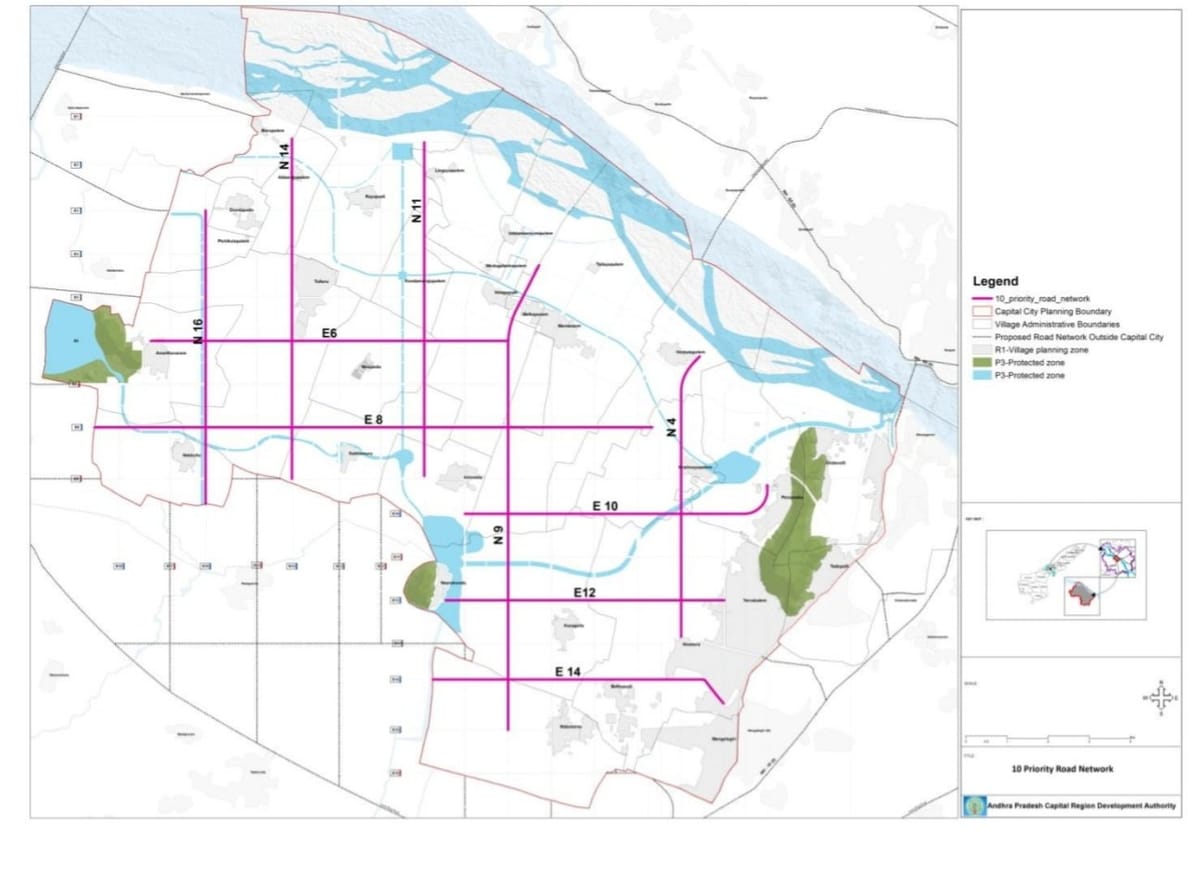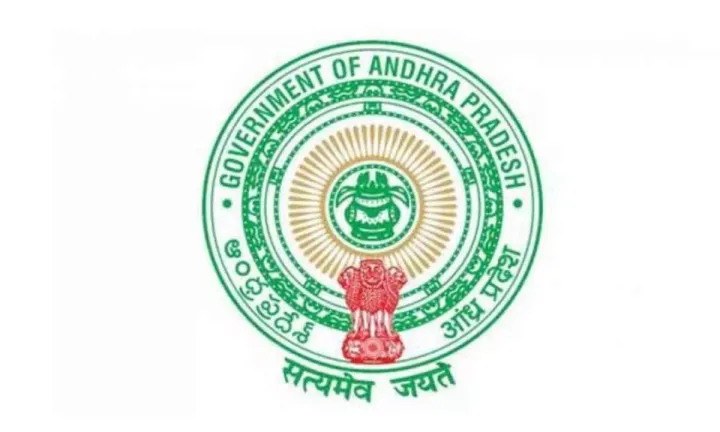Amaravati - Road network and streetscape

The capital city of Andhra Pradesh, Amaravati, is emerging as a beacon of sustainable, people-centric urban design. With a vision to be the "People's Capital," Amaravati’s infrastructure reflects a blend of global best practices and local needs, creating a city that prioritizes walkability, inclusiveness, and modern connectivity.
The Master Plan for Amaravati includes a comprehensive road network designed to support both high-speed regional connectivity and local social interaction. The city’s road system is a hierarchy of carefully designed pathways that ensure efficiency and safety, with roads ranging from wide arterial highways to quieter, pedestrian-friendly streets.
- Arterial Roads: These 60-meter-wide roads are the backbone of the city, designed for high-speed regional connectivity. Vehicles on these roads can move at speeds of up to 80 km/h, ensuring fast and efficient travel. Elevated corridors on these roads ensure a smooth commute, free from local traffic disruptions.
- Sub-Arterial Roads: Measuring 50 meters in width, these roads provide access to the city's major nodes and townships, with a focus on public transport systems like buses and metros. Vehicles here move at speeds of up to 50 km/h.
- Collector Roads: At 25 meters wide, these roads serve as distributors for traffic at the neighborhood level. They prioritize pedestrian and non-motorized transport (NMT), encouraging social interactions and ensuring safety with a speed limit of 30 km/h.
- Local Roads: Designed as safe urban streets with low speeds, these 12 to 17-meter-wide roads promote walking, cycling, and social gatherings. They connect communities with essential services while offering a pedestrian-friendly environment.
A key feature of the city's design is its commitment to sustainability and inclusivity. The entrance to Amaravati will be marked by a Trumpet Interchange at Tera Poly, leading to the heart of the city through an elevated Seed Access Road, complete with dedicated bus rapid transit (BRT) corridors, pedestrian pathways, and cycle tracks. These features ensure smooth, accessible transport options for all residents.
Walkability and Cycling Infrastructure
Amaravati is set to become one of the most walkable and livable cities in the world, with an emphasis on green corridors, cycle tracks, and safe pedestrian crossings. The streets will be lined with trees, benches, dustbins, signage, and street lights—all integrated into a multifunction zone that buffers the cycle track from motorized traffic. Pedestrian pathways will have a minimum width of 2 meters, with anti-skid surfaces and tactile flooring to cater to the visually impaired.
Cycle tracks, made of smooth and durable materials, will be constructed across the city, ensuring connectivity from residential areas to commercial hubs. Bicycle parking will be provided at strategic locations, especially around high-density areas and commercial zones.
Underground Utilities and Smart City Features
A significant aspect of Amaravati’s design is its underground utility system. All essential services—including water supply, sewage, stormwater, and gas—will be buried below the roads, maintaining the city's aesthetic appeal and minimizing visual clutter. This dig-free city concept enhances the urban environment, while ensuring that utilities remain unobtrusive and easy to maintain.
Community Spaces and Parks
Amaravati will feature a network of neighborhood parks and community spaces strategically placed at major junctions and residential clusters. These parks will be designed for universal accessibility, ensuring that all residents can enjoy safe and welcoming green spaces. Pedestrian crossings will be integrated throughout the neighborhoods, with the distance between two adjacent crossings not exceeding 200 meters.
Sustainable Infrastructure and Smart Technologies
The city will feature a robust infrastructure with high standards of sustainability, including solar energy, rainwater harvesting, and smart waste management systems. As part of its sustainable approach, Amaravati will also integrate advanced information and communication technologies (ICT) to manage traffic, utilities, and public services more effectively.
With all these features, Amaravati is poised to become a global model for sustainable, people-first urban development. From its innovative land pooling scheme to its world-class infrastructure, the city is not only a capital for the state of Andhra Pradesh but also a future-ready metropolis designed to enhance the quality of life for its residents.


